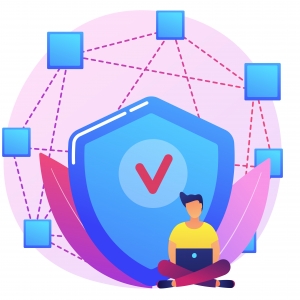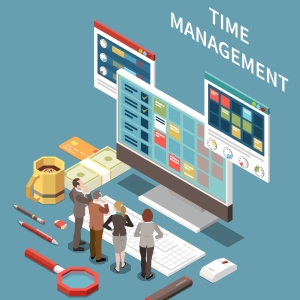In the world of finance, obtaining a loan is a common practice for individuals looking to buy a home, start a business, or meet various financial needs. Behind the scenes, a crucial player in this process is the Retail Loan Origination System (RLOS). In simple terms, an RLOS is the engine that powers the loan application journey, making it smoother and more efficient for both borrowers and lenders.
What is a Retail Loan Origination System?
At its core, an RLOS is a software solution used by banks and financial institutions to manage and streamline the entire loan origination process. From application submission to approval and fund disbursal, the RLOS acts as a central hub, orchestrating the various steps involved in getting a loan.
The Customer's Journey
Imagine you're considering buying your first home. You start by filling out a loan application form. This is where the RLOS comes into play. It collects and organizes the information you provide, ensuring that all necessary details are captured accurately. This step is crucial, as it sets the foundation for the entire loan approval process.
Moving forward in the journey, the RLOS automates workflows for efficiency. Instead of relying on manual processes that can be time-consuming and prone to errors, the system uses predefined rules to validate information, assess risk, and determine eligibility. This not only speeds up the loan approval process but also enhances accuracy.
Decoding the Algorithms
Understanding and managing risk is a fundamental aspect of lending. The RLOS employs sophisticated algorithms to evaluate the creditworthiness of applicants. By analyzing factors such as credit history, income, and debt-to-income ratio, the system helps lenders make informed decisions about whether to approve or decline a loan application.
A noteworthy advantage of an RLOS is its ability to adapt to changing circumstances. In a rapidly evolving financial landscape, flexibility is key. The system can incorporate new risk assessment parameters or adjust existing ones, ensuring that it stays aligned with the latest industry trends and regulatory requirements.
Enhancing Communication and Transparency
Clear communication is vital in the loan origination process. An effective RLOS provides a transparent view of the application status to both borrowers and lenders. This means you, as a potential homebuyer, can easily track the progress of your application, reducing the uncertainty and anxiety associated with waiting for loan approval.
Moreover, the RLOS facilitates communication between different departments within the lending institution. From underwriting to documentation and final approval, each step is seamlessly integrated into the system, fostering collaboration and ensuring that everyone involved is on the same page.
Compliance and Regulation
In the financial world, compliance with regulations is non-negotiable. An RLOS ensures that all steps in the loan origination process adhere to the relevant laws and regulations. This not only safeguards the interests of both borrowers and lenders but also helps maintain the integrity of the entire financial system.
Regular updates to the RLOS ensure that any changes in regulations are promptly incorporated, reducing the risk of non-compliance. This proactive approach not only protects the lending institution from legal repercussions but also builds trust with borrowers who can be confident that their loans are processed in a secure and regulated environment.
Streamlining Operations and Mitigating Risks
For banks and financial institutions, an RLOS offers numerous advantages. It significantly reduces the time and resources required to process loan applications, enabling them to serve a larger customer base. Moreover, the automation of routine tasks minimizes the likelihood of errors, contributing to more reliable decision-making.
The efficiency gains are not limited to time and cost savings; an RLOS also enhances the overall risk management strategy of lending institutions. By consistently applying predefined risk parameters, the system ensures that lending decisions are based on a standardized and objective evaluation process. This, in turn, contributes to a more robust and resilient lending portfolio.
Technological Evolution and Customer-Centric Innovations
In essence, a Retail Loan Origination System is the unsung hero of the loan application process. By automating workflows, assessing risk, ensuring compliance, and enhancing communication, it plays a pivotal role in making the journey from loan application to approval a smoother and more efficient experience for both borrowers and lenders.
As technology continues to evolve, so too will the capabilities of RLOS, shaping the future of lending in ways that are both innovative and customer-centric. The integration of artificial intelligence and machine learning holds promise for further refining risk assessments, personalizing loan offerings, and optimizing the overall lending experience.
Conclusion
In conclusion, Retail Loan Origination Systems are integral to the contemporary lending landscape. They bring efficiency, transparency, and compliance to the loan origination process, benefiting both lenders and borrowers. From simplifying the application process to automating risk assessments and ensuring regulatory compliance, the RLOS stands as a testament to the power of technology in reshaping traditional financial practices.
As we move forward, the role of RLOS will likely expand, embracing new technologies and methodologies to cater to the evolving needs of the financial industry. Whether you're a prospective borrower or a lending institution, understanding the significance of Retail Loan Origination Systems is key to navigating the complex yet essential world of lending.






